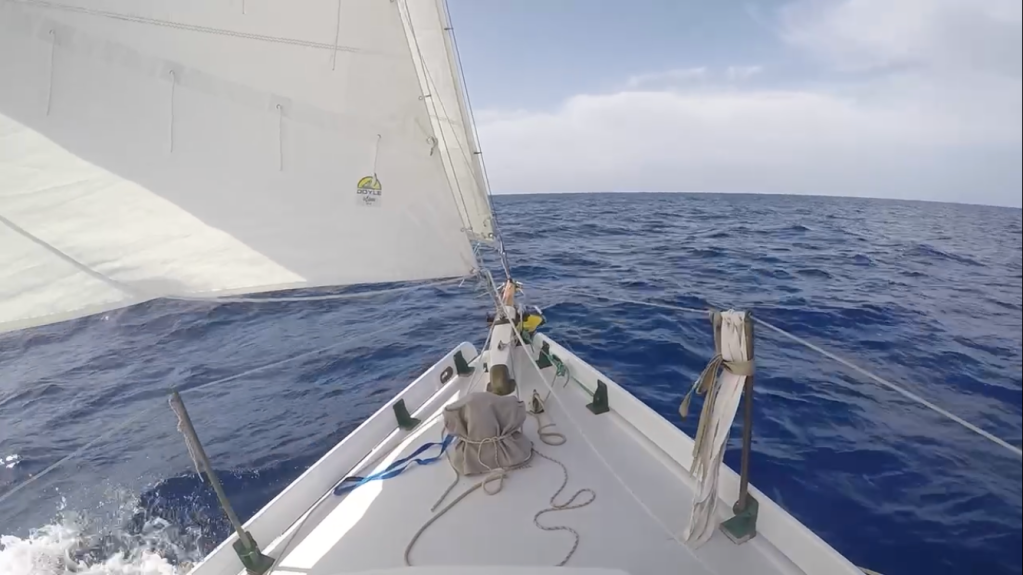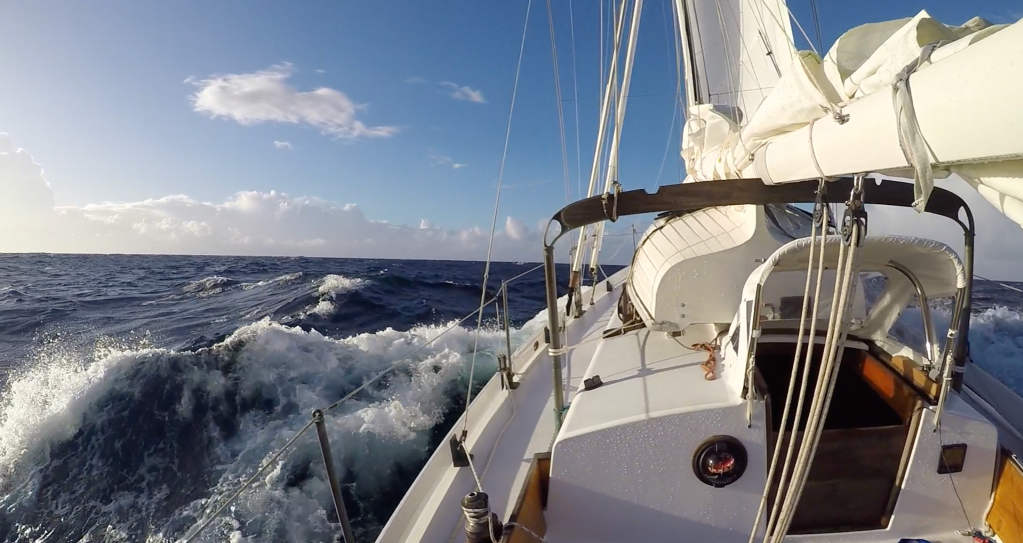
Sailing home to NC from the Virgin Islands requires thinking about timing. If you leave too early you can get smashed by powerful low pressure systems coming off the SE US coast in the late spring or early summer as you approach the land. Also, along the offshore route, once you clear the trade winds just NW of the Virgin Islands, you can sail into an area of high pressure in the Atlantic and lose the wind for days or even weeks.
Continue reading








